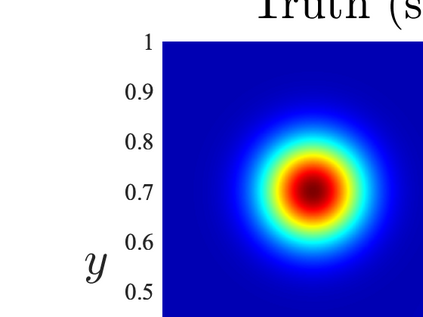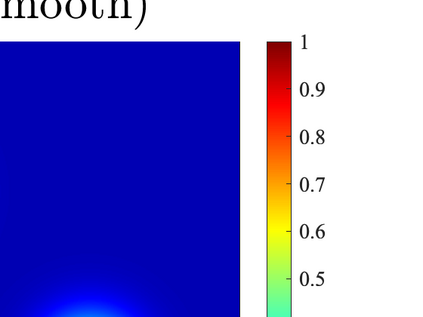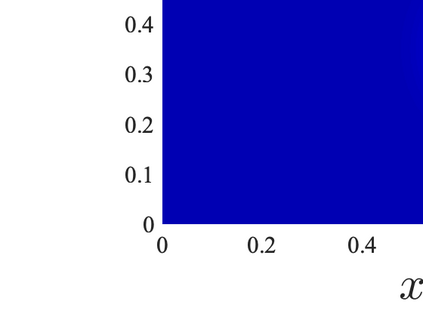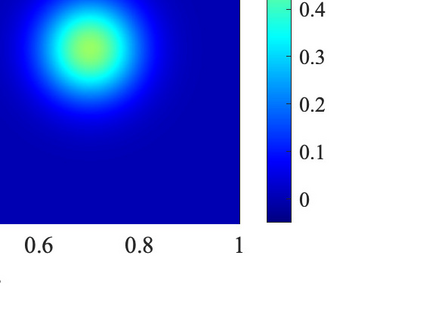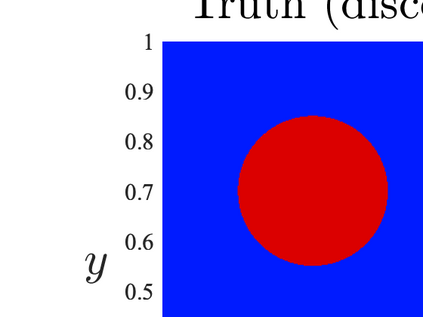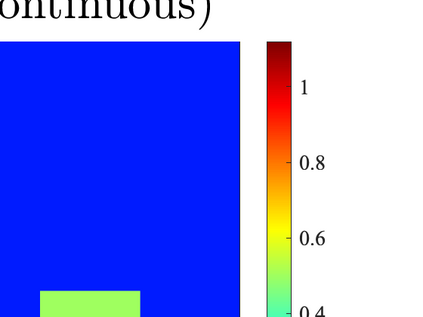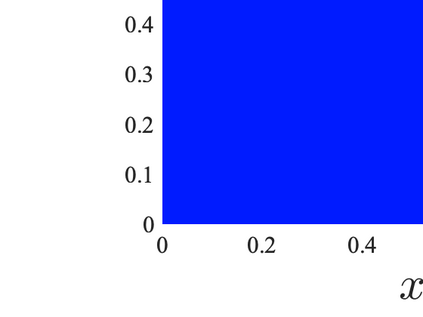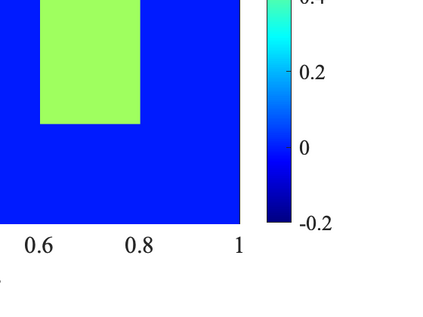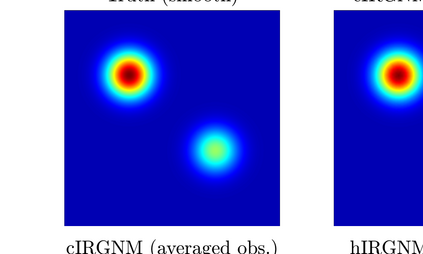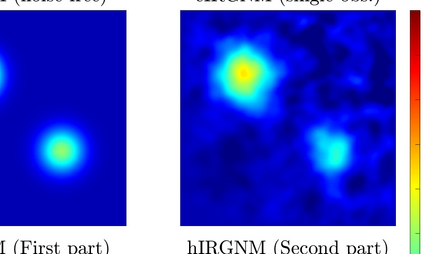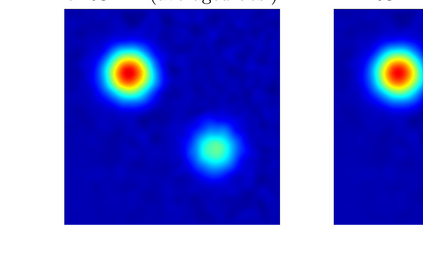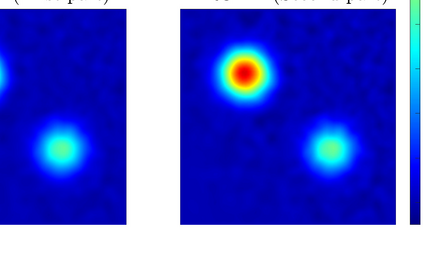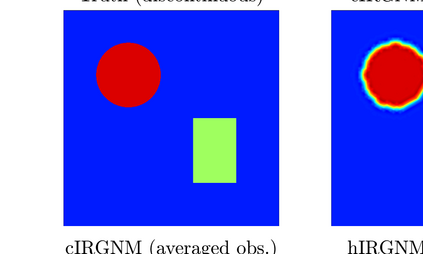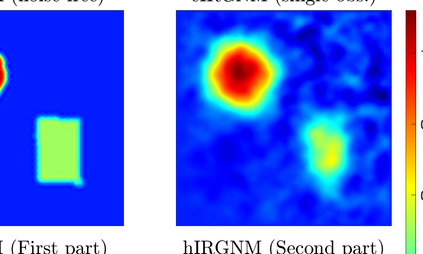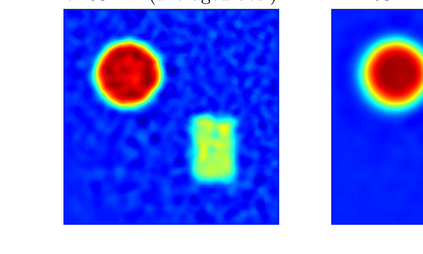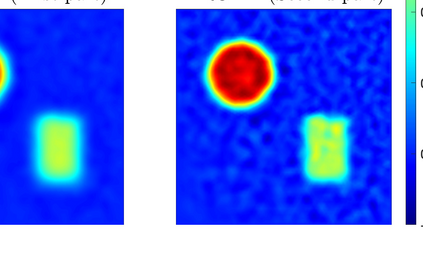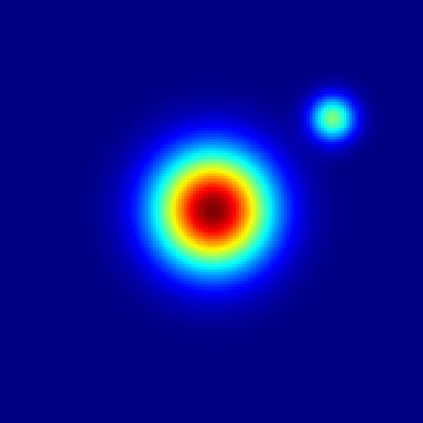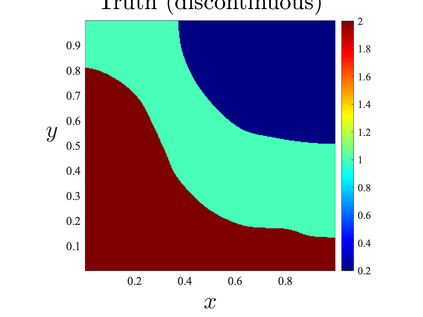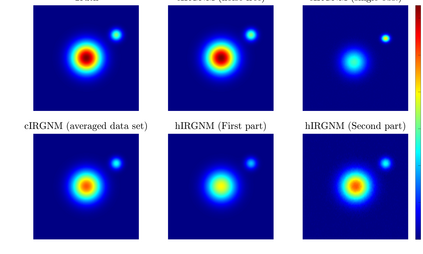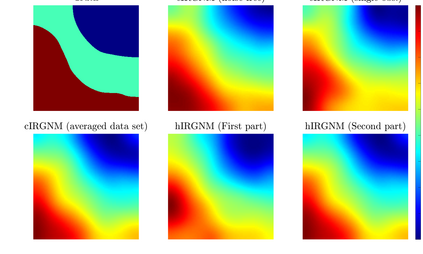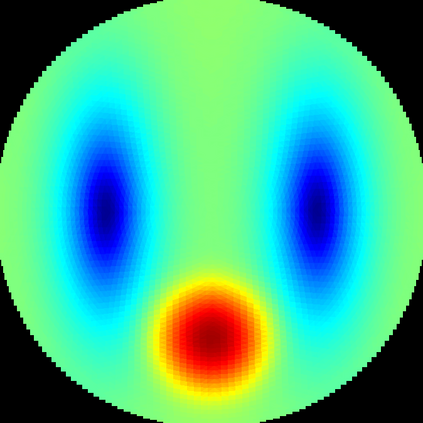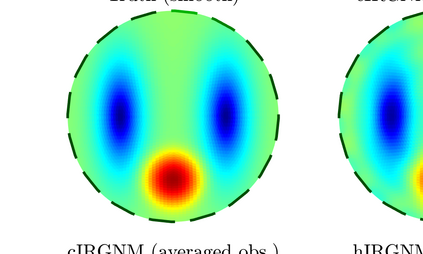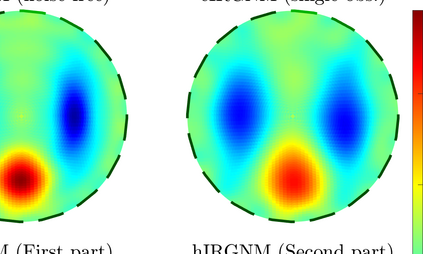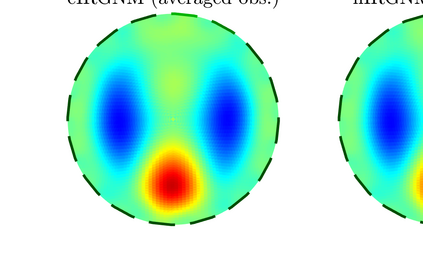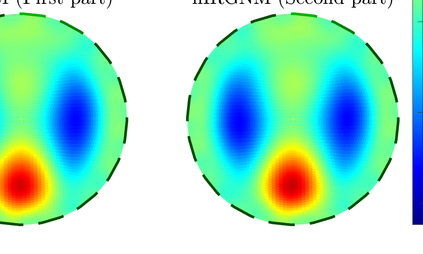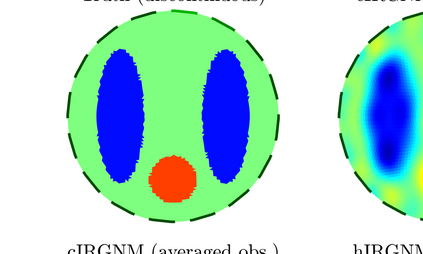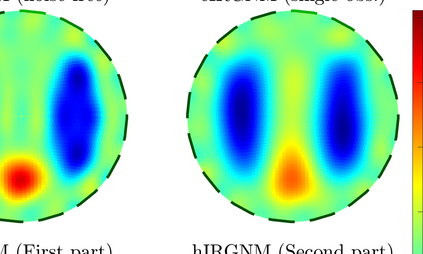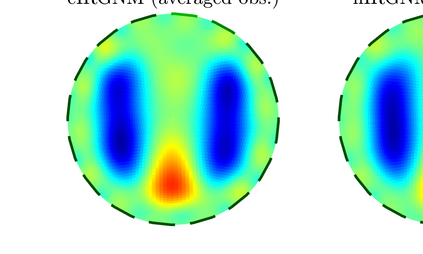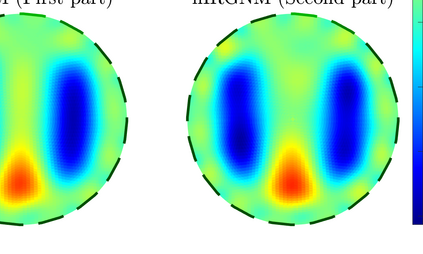For numerous parameter and state estimation problems, assimilating new data as they become available can help produce accurate and fast inference of unknown quantities. While most existing algorithms for solving those kind of ill-posed inverse problems can only be used with a single instance of the observed data, in this work we propose a new framework that enables existing algorithms to invert multiple instances of data in a sequential fashion. Specifically we will work with the well-known iteratively regularized Gauss-Newton method (IRGNM), a variational methodology for solving nonlinear inverse problems. We develop a theory of convergence analysis for a proposed dynamic IRGNM algorithm in the presence of Gaussian white noise. We combine this algorithm with the classical IRGNM to deliver a practical (hybrid) algorithm that can invert data sequentially while producing fast estimates. Our work includes the proof of well-definedness of the proposed iterative scheme, as well as various error bounds that rely on standard assumptions for nonlinear inverse problems. We use several numerical experiments to verify our theoretical findings, and to highlight the benefits of incorporating sequential data. The context of the numerical experiments comprises various parameter identification problems including a Darcy flow elliptic PDE example, and that of electrical impedance tomography.
翻译:对于众多的参数和状态估算问题,在获得新数据时将其同化,可有助于得出准确和快速的未知数量的推断。虽然大多数现有的解决这些不正确反向问题的算法只能与观察到的数据的单一实例一起使用,但在这项工作中,我们提议了一个新的框架,使现有算法能够以顺序方式颠倒多个数据实例。具体地说,我们将与众所周知的迭接常规化高斯-纽顿法(IRGNM)合作,这是解决非线性反向问题的变异方法。我们为高斯白噪音存在时拟议的动态IRGNM算法开发了一种趋同分析理论理论。我们把这种算法与古典IRGNM法结合起来,以提供一种实用的(节率)算法,既能按顺序对数据进行反向反向转换,又能产生快速的估计数。我们的工作包括证明拟议的迭接机制的清晰度,以及依赖非线性反问题的标准假设的各种错误界限。我们使用数个数字实验来核查我们的理论结果,并突出纳入连续数据的好处。我们把数字实验的背景包括数字学、阻碍性参数学的参数识别问题。


